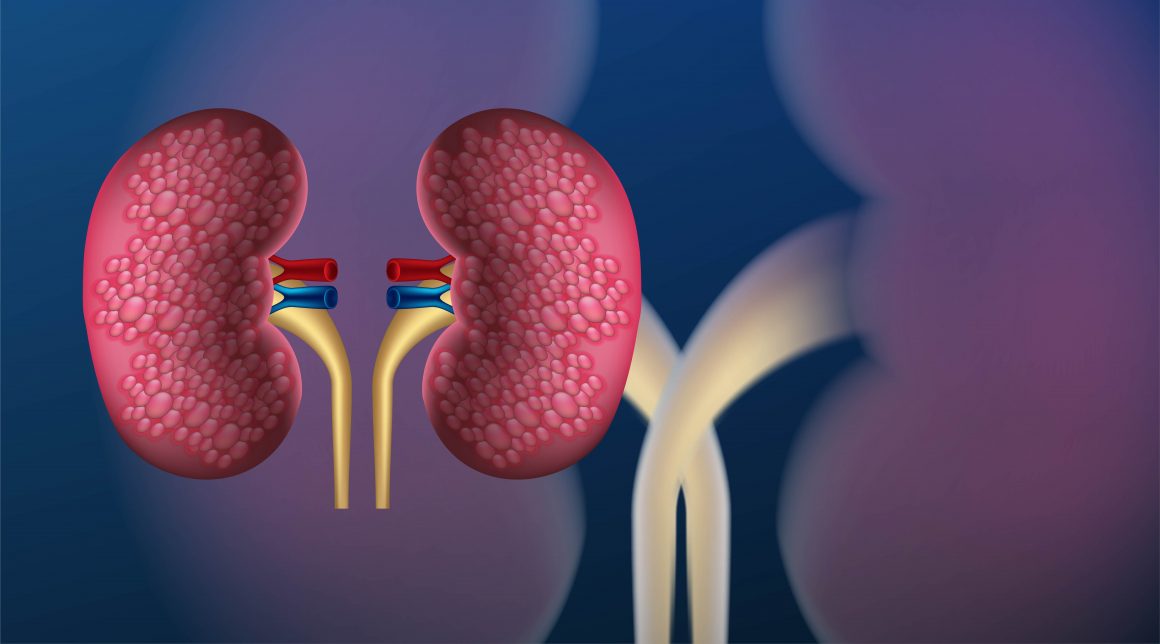Some people tend to excrete extra calcium in the urine leading to the formation of kidney stones. Also, stressful life events increase calcium, oxalate, and uric acid in the urinary constituents and when there is too much waste, or not enough fluid to flush it out, it comes together to form a stone.
The formation of kidney stones is a common condition seen in up to 12 percent of adults during their lifetime. As the mechanisms by which stones form are poorly understood, new knowledge is required to identify susceptible patients for early treatment and to formulate new therapeutic strategies to prevent the appearance of single and/or recurrent stones. There is also a link to chronic dehydration and certain types of eating disorders.
Treating kidney stones depends on the type, size, or severity. A basic way is to use an oral alpha blocker to make the stone pass easily. Failing to be eliminated with the help of oral medicine, another option of surgery is considered.
Retrograde Intrarenal Surgery(RIRS)- Laser treatments pulverize the stones. A urologist can remove the kidney stone or break it into small pieces with a laser. The procedure is also called laser lithotripsy. The surgery is minimally invasive and does not require opening up the body. An endoscope called a ureterorenoscopy is passed into the kidney. A laser fiber, which is just the size of a small guitar string, is passed through the endoscope. A laser energy transmitted through the fiber is used to break up the kidney stone. The laser energy breaks the stones into fragments. The residual smaller stone fragments then pass through the urinary tract. The patient does not feel any pain or discomfort as the complete procedure is done under anesthesia. After the surgery, the patient tends to experience a burning sensation for a day or two.
Percutaneous Nephrolithotomy (PCNL). The doctor uses a thin viewing tool, called a nephroscope, to locate and remove the kidney stone. The doctor inserts the tool directly into your kidney through a small cut made in your back. For larger kidney stones, the doctor also may use a laser to break the kidney stones into smaller pieces. The doctor performs percutaneous nephrolithotomy in a hospital with anesthesia. You may have to stay in the hospital for 2 or 3 days after the procedure.
Post-surgery, the doctor sends the kidney stone or its pieces to a lab to find out what type it is.
The health care professional also may ask the patient to collect urine for 24 hours after the kidney stone has passed or been removed. The health care professional can then measure the amount of urine produced in a day, along with the mineral levels. This allows for prevention of stone recurrence.
The patient is more likely to form stones if they don’t urinate enough each day or if they have high mineral levels. Besides, lifestyle changes are to be made to prevent a stone recurrence. If you are suffering from kidney stones and are looking for treatment, then connect with our expert Urologist, Dr P Banu Teja Reddy, with over a decade of experience, he is one of the leading Urology experts and Lasers specialist in Hyderabad.
Reach Us:
Give A Call: 91 630 377 1203
Book An Appointment: https://tejakidneycare.com/book-an-appointment/


Leave a Reply